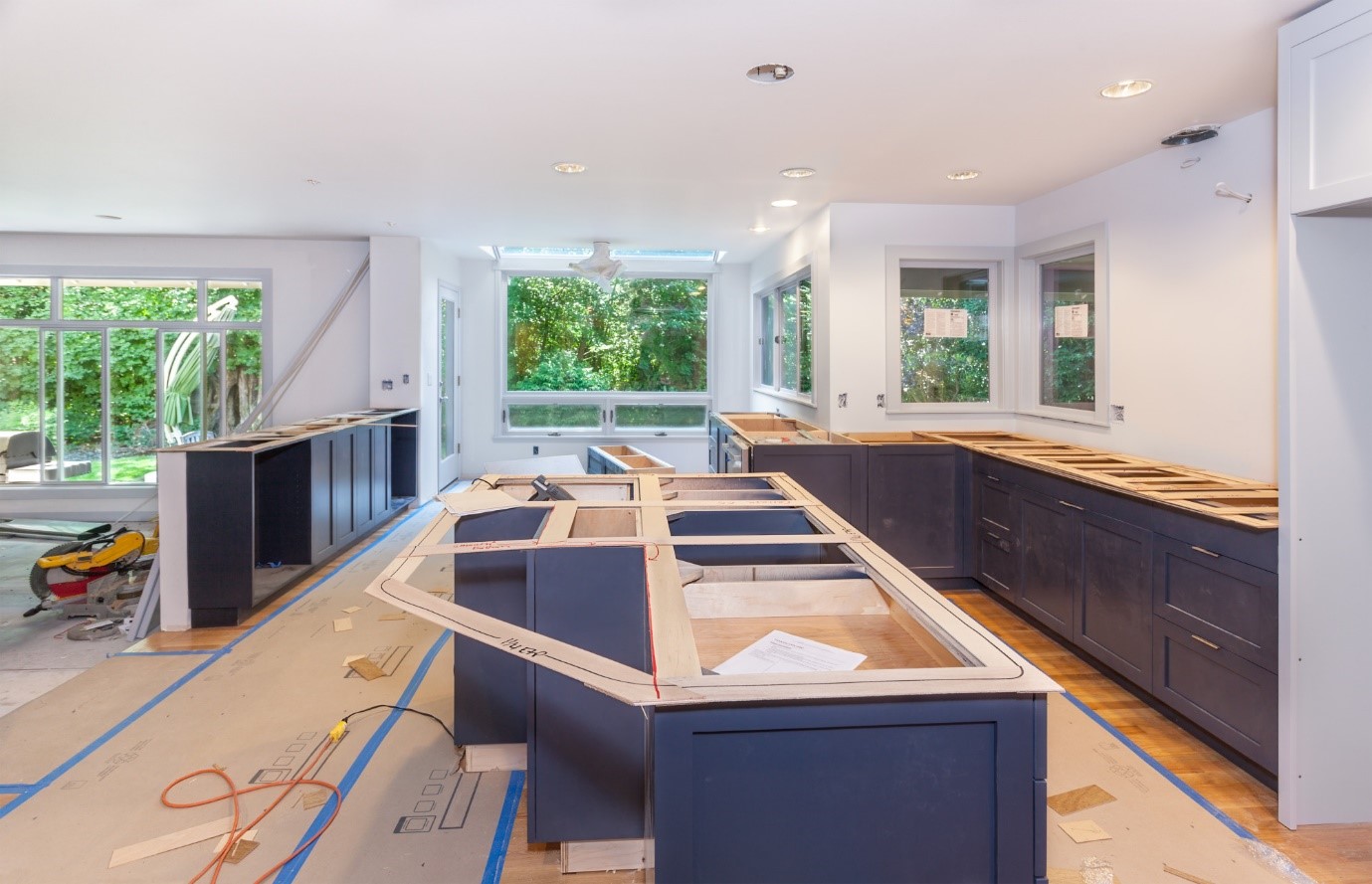Combining Vintage Designs within Contemporary Renovation

Reimagining your residence through revitalization can be an energizing process, blending the charm of vintage elements with the modern appeal of contemporary design. As homeowners property owners endeavor to develop spaces that embody their unique tastes and habits, adding vintage elements is an increasingly trendy trend. Such elements not only bring character and invitingness to your home but also tell a story that connects the history with the present.
In this ultimate guide, we will delve into how to seamlessly integrate vintage designs into the contemporary remodeling plans. Regardless of whether you are planning a kitchen renovation that honors classic styles or searching for innovative bathroom renovation ideas that whisper of bygone elegance, this piece presents vital insights. Featuring strategies on financing, space-specific remodeling, and tips on avoiding common pitfalls, we are here to help you shape a living space that harmoniously integrates old-world charm with contemporary flair.
Key Remodeling Strategies
When embarking on a home remodel, a crucial element is to establish a solid budget. Determine how much you can allocate for the entire project, considering both materials and labor costs. It will enable you to prioritize which elements of your remodel are most important. Add https://cloudshield3.werite.net/customizing-your-environment-personalized-remodeling-ideas -saving tips, such as repurposing existing materials or choosing budget-friendly alternatives for high-end finishes. By sticking to your budget, you will avoid the frequent financial pitfalls associated with home remodeling.
A further important approach is to prioritize functionality while maintaining your desired aesthetic. Assess your space and identify areas where retro details can enhance modern designs. As an illustration, adding reclaimed wood beams or antique light fixtures can create a distinct focal point that blends past and present. It is crucial to ensure that any vintage features you incorporate fulfill a practical purpose, contributing to the overall usability and flow of each room in your home.

Lastly, leveraging professional expertise can significantly impact your remodel's success. While DIY projects can be cost-effective, certain aspects of a remodel, especially structural changes or intricate designs, may require hiring a skilled contractor. Discussing your vision with professionals gives them the ability to provide insights into the practicality of integrating vintage elements without compromising modern functionality. Blending DIY efforts with professional help will give you the best outcome and optimize your time and financial resources.
Cost-Effective Advice
Renovating your home need not deplete your bank account. One effective strategy is to focus on DIY projects where you are skilled, as this can significantly cut labor costs. home improvement contractor like painting, landscaping, or even minor fixtures can be tackled with minimal expense but yield notable results. Additionally, explore sourcing materials from bargain retailers or upcycling items from thrift stores to add character without spending too much.
Another wise approach is to emphasize essential renovations that boost functionality and design. For instance, kitchen remodels generally deliver high returns on investment, so allocating your budget on key elements like new countertops or energy-efficient appliances can be beneficial. Furthermore, note that making small, concentrated changes can refresh your space. Instead of a full overhaul, think about renewing hardware, lighting, or flooring in critical areas.
Finally, always create a detailed budget before starting your remodel. This should include all possible costs, including unexpected expenses that can arise during the process. Set aside a portion of your budget as a contingency fund to cover surprise issues. By planning thoroughly and making informed decisions, you can oversee your remodeling project efficiently and keep costs in check while achieving your goal outcome.
Integrating Vintage Elements
Incorporating classic elements into modern remodeling can add a singular appeal to your living space. One way to achieve this is by merging classic furnishings items with modern decor. For wikipedia reference , a vintage dining table can act as the focal point in a contemporary kitchen, showcasing the beauty of craftsmanship while contrasting with sleek cabinetry and appliances. Selecting well-preserved antiques or vintage-inspired replicas can help connect the gap between eras and create a cohesive yet diverse look.
Alternatively successful method is to incorporate vintage materials in your remodel. Think about using reclaimed wood for floor surfaces or cabinetry, providing warmth and history to your home. Vintage tiles can add a pop of color and texture, particularly in areas such as the bathroom or kitchen. These materials not only enhance aesthetic appeal but also support sustainability by repurposing resources. Adding vintage fixtures, such as wall lights or faucets, can further enrich the ambiance, blending the old with the new effortlessly.
In conclusion, personal touches are crucial when integrating vintage elements. Exhibiting family heirlooms, such as pictures or decorative items, can create a personal narrative throughout your area. Additionally, using vintage textiles, like pillows or throws, can soften modern lines and add layers of interest. By carefully selecting and incorporating these elements, you can achieve a chic and inviting atmosphere that honors the past while remaining functional for contemporary living.
